Sun shining, I drove to Sevenoaks in Kent to explore the huge Wildlife Trust nature reserve there. I’d never been, and as it was the last day of the Easter break, I thought I should go somewhere I wouldn’t normally go. Being a teacher and having the holidays is brilliant, I can’t deny it, but the final days always fill me with dread. I could very easily fill my days with walking, writing and writing about walking. Like retired people always say, I’m busier when I’m not working than when I am working.
The reserve at Sevenoaks is so big and so diverse, I took my time to get to know it. The visitor centre is home to a wonderful miniature museum filled with taxidermy displays of wildfowl in action. The cabinets are bursting with specimens, making the most of the space. As well as the taxidermy, which I love, there is a table covered in bones, feathers and other leftovers. Quite disturbingly, they have the empty husk?? of a hedgehog sat in the middle of the table. Most of the bones belong to foxes and badgers, but I couldn’t tell what was what, as there were so many ‘pieces’.
I left the museum and walked through the minibeast garden. This small area of the reserve is a bug paradise, a theme park for invertebrates. Everywhere you look a plant pot, old wheel barrow or stack of wood has been converted into a luxury cabin to attract and support all sorts of creepy crawlies and winged beasties.
I watched as one bee took his pollinator test, supervised by another, clearly more experienced bee. It wasn’t long before the instructor lost his patience and showed him how it was done.
From the garden I could see the smallest of the lakes. The reserve is made up of two lakes, one considerably larger than the other. I walked around the smaller of the two to begin with. All around the lake are small wooden platforms from which to stand and observe the mallards, coots, tufted ducks and great crested grebes that nest there. I have a soft spot for great crested grebes, as they were the first unusual, exotic looking birds that I came across when I first started to actively birdwatch. You can imagine then my excitement, when I saw not one, but two great crested grebes, a pair nonetheless, swimming affectionately close to each other near the bank I was walking along. They had nested there, and had even managed to produce one solitary egg, which sat proudly on their floating nest of sticks. I watched them for a while. The male would make short fishing trips leaving the female to guard the nest, but never straying too far incase there was any trouble.
I’ve found nests plenty of times, but this is the first time I’ve seen one with an egg in it. I felt very privileged to have been able to get so close, the birds not concerned at all with my presence. I eventually tore myself away from soon to be parents, and carried on around the lake, passing a very loud greylag goose. This lone goose barely made a ripple as he skimmed across the lake, allowing his reflection to remain almost perfect.
I completed the loop, then went in search of the large L shaped lake. As I was walking, a lovely couple of ladies stopped me to point out a pair of garganeys, floating around by a small island. One of the ladies, a keen birder, told me how they don’t normally arrive this early. Garganeys winter in Africa and are only ever seen in small numbers. I tried to capture the moment with a photograph that I would then send to the ladies as a thank you for pointing it out, but the birds were so far from us that they only came out as a speck in the frame. Sorry ladies!
Further along the path, I found myself in a hide, looking out across the lake. I saw another greylag standing on an island with its mate. On the other islands I could just make out some cormorants sunning themselves with outstretched wings.
In another hide, I watched a reed bunting (a first for me) catch flies with amazing skill. Unfortunately I couldn’t reciprocate the show with a decent photograph, so you’ll have to excuse these slightly blurred images.
From the same hide, I watched a pair of black caps flit from branch to branch. I began to think to myself, that I may have levelled up as a birder. When I first started looking around reserves, I barely knew the difference between a duck and a goose.
With that self awarded praise, I walked back to the visitor centre down a path lined with thousands of these plants.
They looked like dried up buddleias, and I wondered if I might see a butterfly. It was on a buddleia in my parents’ garden, last summer, that I saw four different species on one flowerhead. I dismissed the thought, on account of the sun having gone behind a cloud and the plants probably not being buddleia, then it appeared. A peacock butterfly landed on the ground right in front of me. It walked up and down a stick, changing direction a couple of times, as though it was tightrope walking. I LOVE butterflies and if you do to, you should join Butterfly Conservation, of which David Attenborough is president.
If you live in South London, you could be in Sevenoaks in around 45 minutes. It’s a brilliant reserve, focussed on conservation, education and enjoyment of the natural world.
Subscribe for more like this.
Share with someone who likes finding new places to experience nature.
Find me on Twitter @WillPenrose
Will
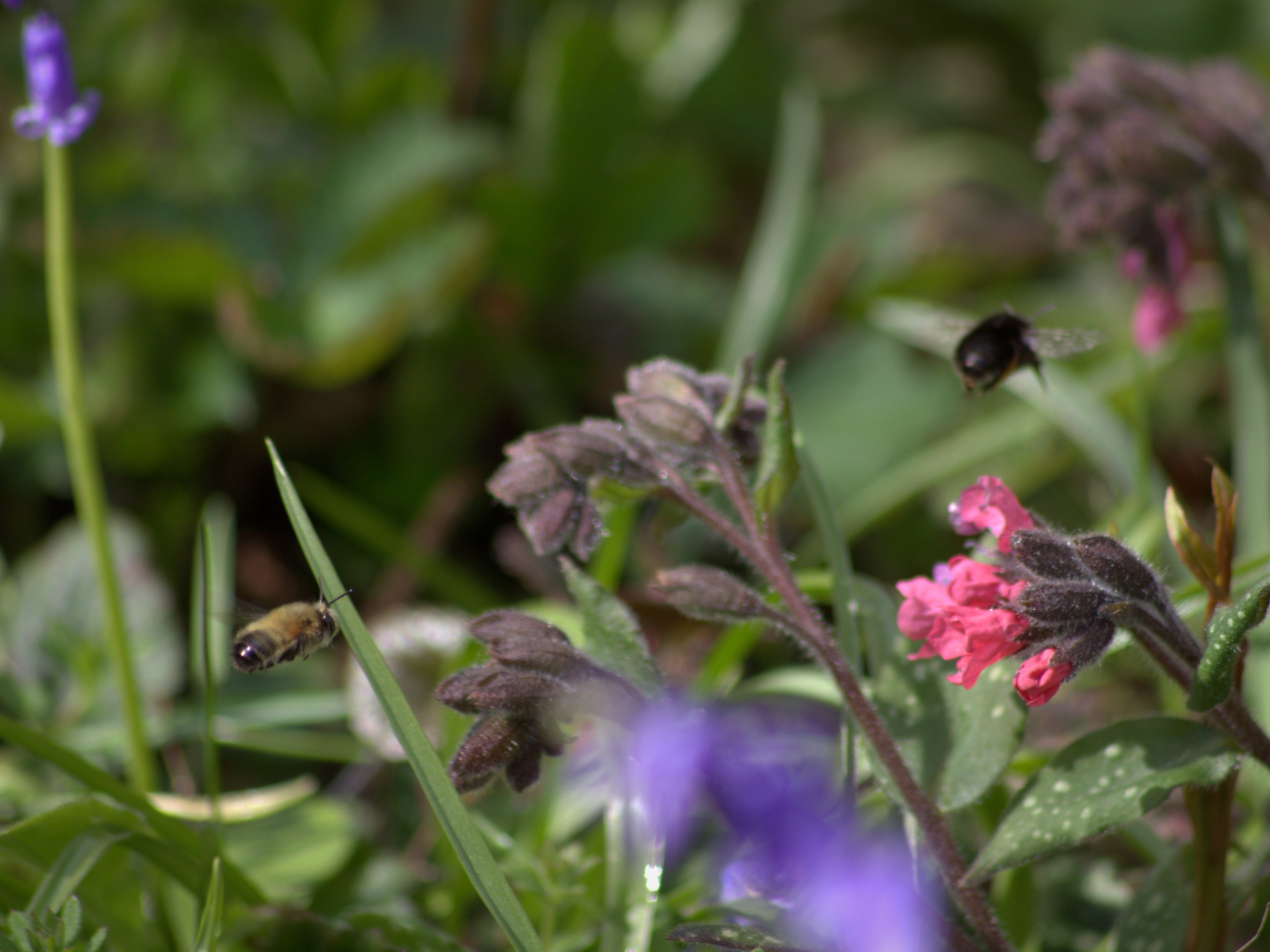
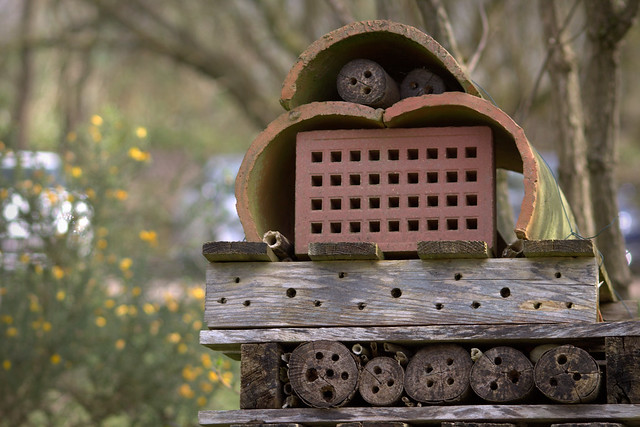

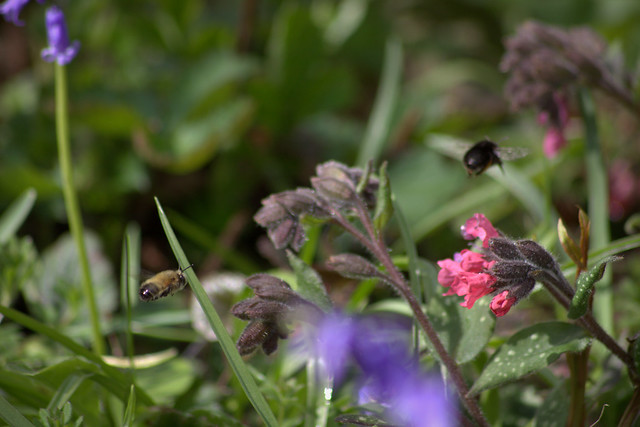
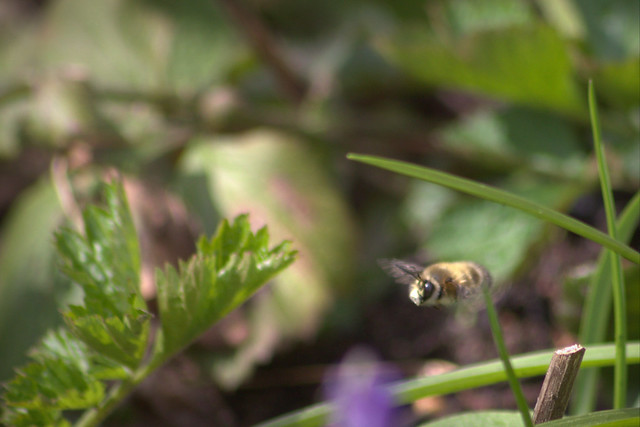
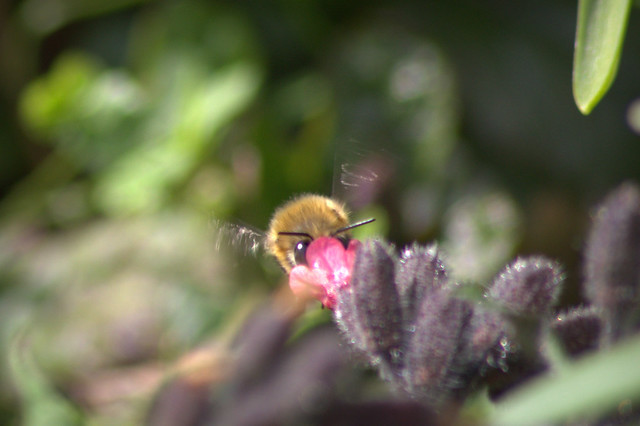
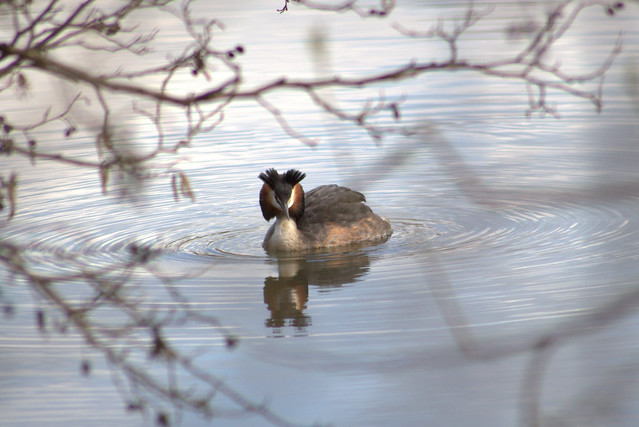
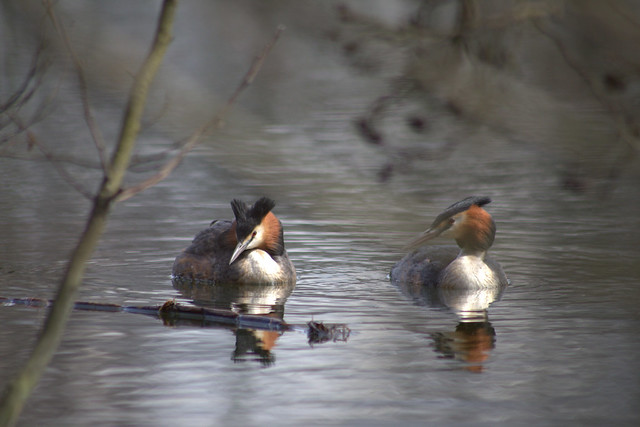
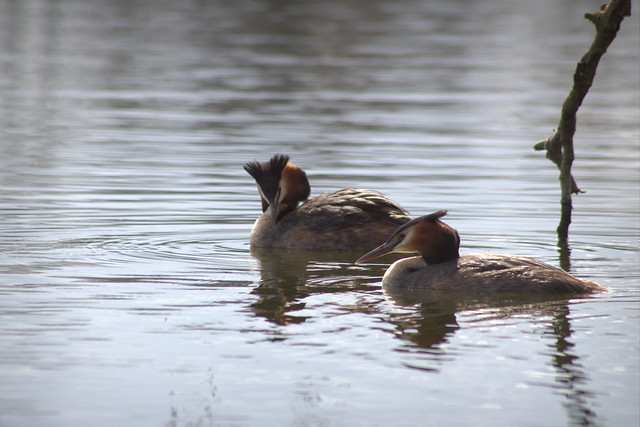
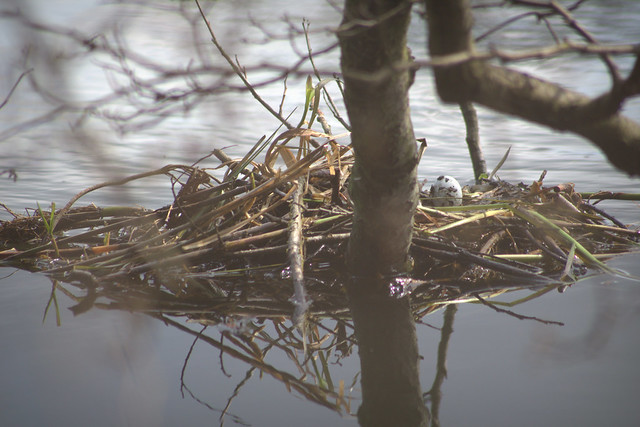

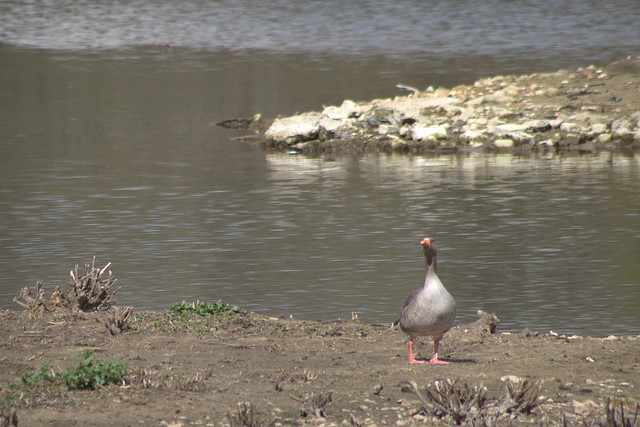

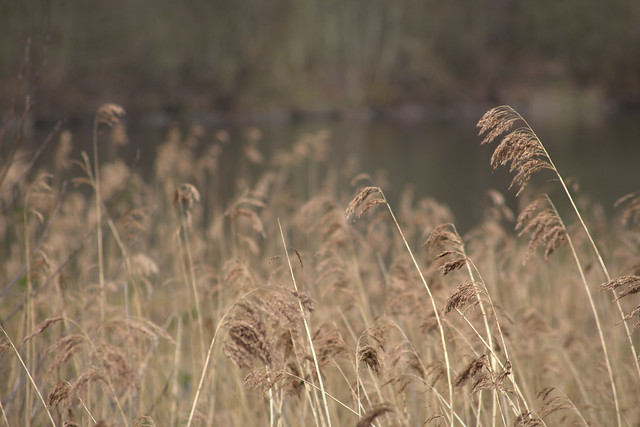
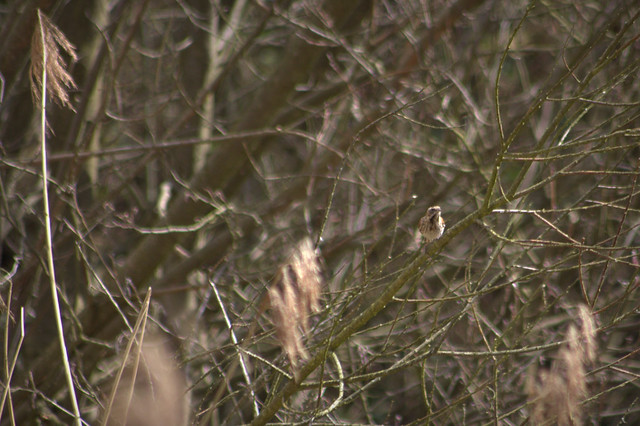
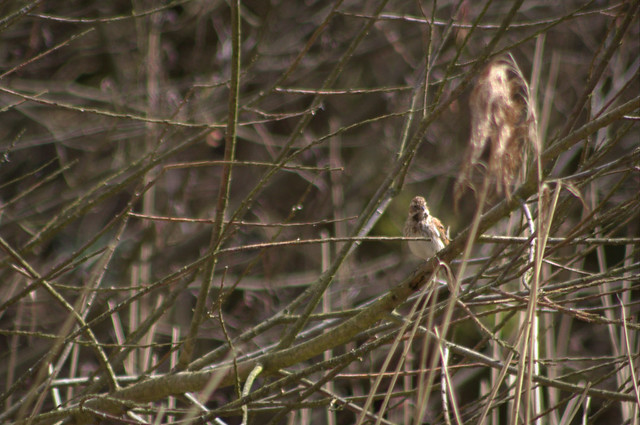
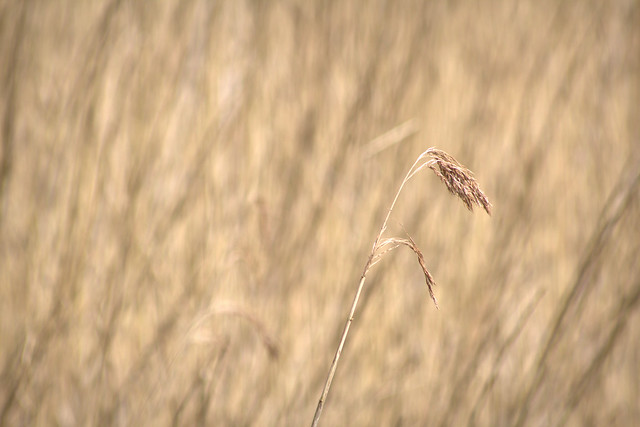

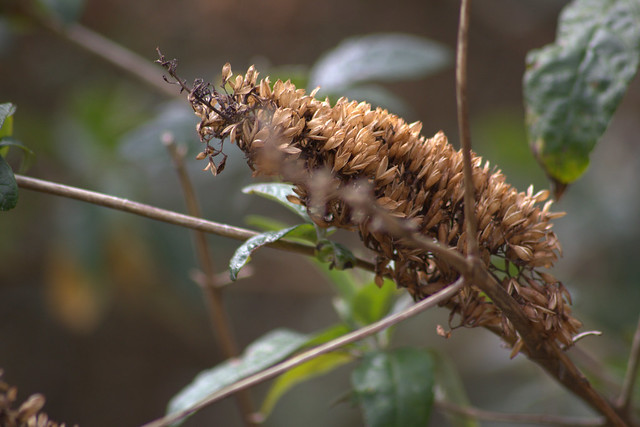
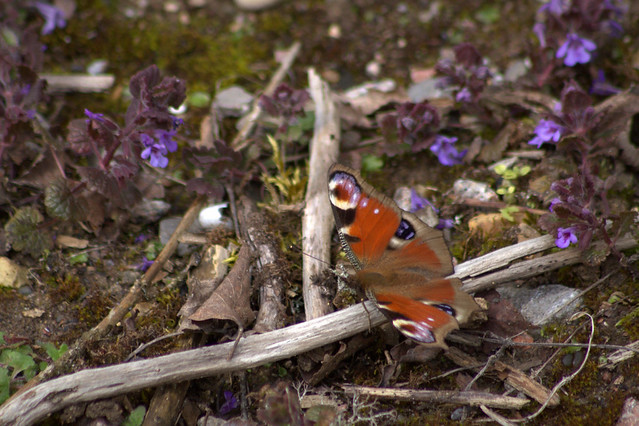
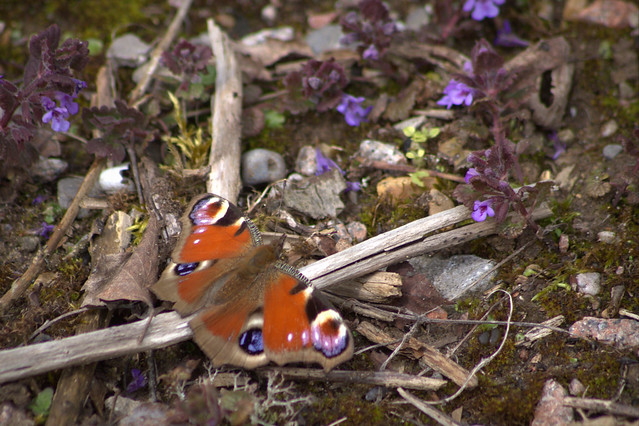
Lovely photos. The bees in your photos are the same species + not a bumblebee, despite a superficial resemblance. They are the Hairy-footed Flower Bee, Anthophora plumipes- a common garden early season species. The black bee is the female, the male the more ginger one. They are partial to plants like Pulmonarias + Symphytums in the garden.
Regards
Neil
LikeLiked by 2 people
Thanks for this Neil! I was quite puzzled over the bees. I wish I knew more about them. 270 in the UK… can you recognise the lot?
LikeLike
No, but this species is common in my garden + pretty distinctive once you’re familiar with it. There is now a field guide to bees of the UK, but they’re still specialist + sometimes need specimens + a microscope for some. I’m a general naturalist so try to identify what I can.
LikeLiked by 1 person